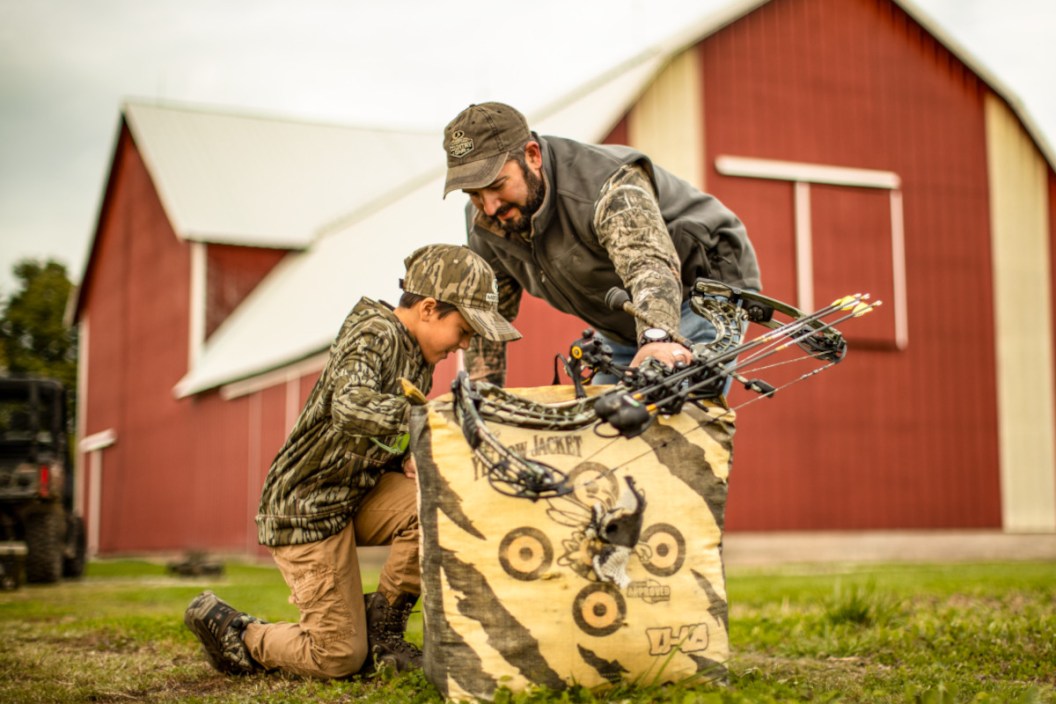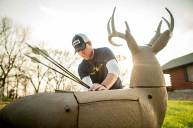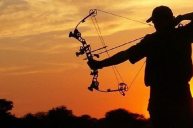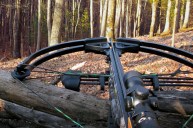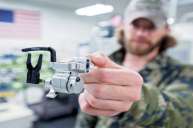Let's face it. It would be best if you had more archery practice. Taking shots in your backyard or the local archery range at a square target seems logical to prepare for hunting season. But what if I were to tell you that even though you're making shots, you are doing yourself a disservice if that's all you do while trying to prepare for bowhunting season?
In my mind, just shooting at a target may not get you fully prepared for archery hunting seasons. There are practice tactics, specific methodologies, and certain situations that you should go through (physically and mentally) for better and much more thorough bowhunting prep. This includes shooting at 3D targets and putting yourself in real-life situations as best as possible.
If you are a bowhunter with the capabilities to practice, shooting your bow will obviously help you be more prepared for when the season comes. But it's not just about pulling back and letting go. The hard part is figuring out how to duplicate the high-pressure situations you may encounter in the field.
Many hunters wait until the last two to four weeks before their bowhunting season begins to pick up their bow and hone their skills. For many, that means standing in the backyard or at the local archery range, just letting arrow after arrow fly at a circular, bullseye-style target. Just shooting at a target to get shots downrange does not prepare bowhunters well enough for the variety of environmental and situational debacles we can find ourselves in. Often, the type of practice we put in is so oversimplified that even a simple shot from a treestand offers obstacles that we haven't practiced enough before the season. That needs to change.
It's About More Than Just Bullseye Targets
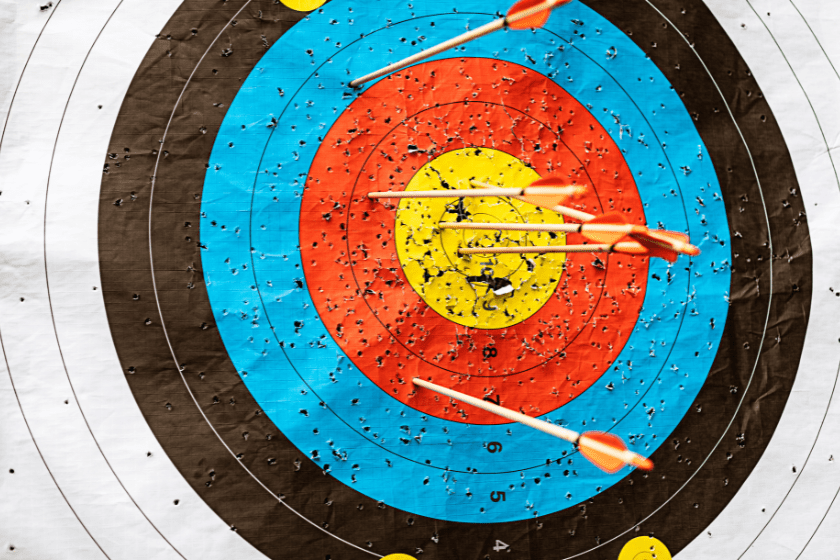
Sladic via Getty Images
Imagine sitting in your treestand on a late October morning when the buck of your dreams comes strolling into your hunting area and presents himself. Your adrenaline spikes, and you can hear your heart beating in your ears like the drum set from a rock concert. You slowly get into position for the shot and draw your bow, but you're shaking as you get it lined up.
Then the buck gets into range, and he pauses to forage on acorns behind a tree and won't budge. He stays there for over a minute. Fatigue starts to set in as your arms shake and your shoulders quiver. When he finally does move, he is quartering towards you, and you feel like if you don't take the shot now, you will mess it up by trying to hold longer. You rush the shot and the arrow comes up short, missing the buck and lodging itself in the ground.
As you kick yourself for the next several days, you replay the entire scenario in your head, over and over. What could you have done differently? For most bowhunters, the answer to that question involves more practice holding a bow at full draw, without shooting it, until you've reached a point of necessity.
Also, I don't know about you, but I've never seen a bullseye pattern painted on the side of a deer, centering on its vitals. If you can hit a bullseye, that's great. But what happens when there's no center circle to aim at? It's more valuable to use realistic 3D targets.
Mimic Your Actual Hunting Methods
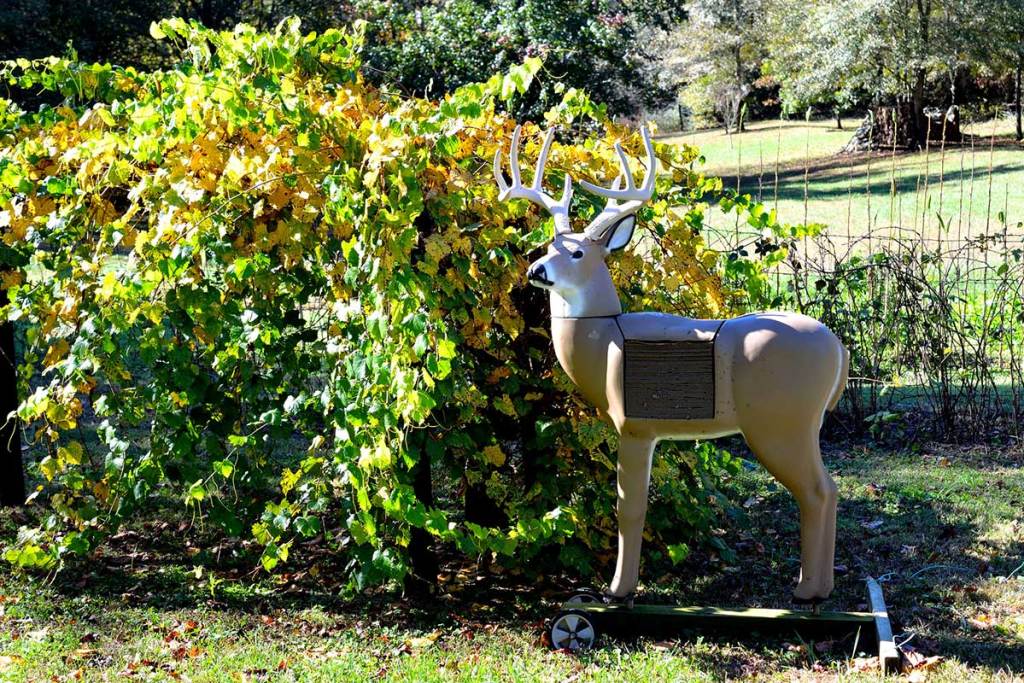
Getty
While that doesn't mean you need to throw your standard bow target away, you need to do more with what you already have. Standing in the backyard at 20 yards on the ground in your shorts and t-shirt will not help you prepare for the rut. These shots do not accurately mimic what you will do in the field. Practice what you expect to encounter.
It would also be wise to practice making shots as realistic as possible as you get closer to the season. If you hunt from a treestand, be sure you can make shots from an elevated position. The form is different from shooting on flat ground, and the technique should be worked out. Use your 3D target to practice different angles from elevation and envision where your arrow will hit.
Be sure to practice in the same gear you will use in the field. It's great that you can make a 50-yard shot in August in your shorts and t-shirt when it's 90 degrees out. Can you make the same shot in full gear that you will be wearing as the late October chill hits the air? Suit up as the temperature cools off, and practice that. I'd suggest even wearing your hunting boots so you can get your foot placement right.
Practice in the low light that you might encounter at dusk and dawn. Do single-shot cold shots at various times of the day. Do some burpees and elevate your heart rate, then make that single shot that will count. Take shots at odd yardage and practice guessing your yardage without a rangefinder. Anything that you can do or think you might encounter, practice it!
Aim Small
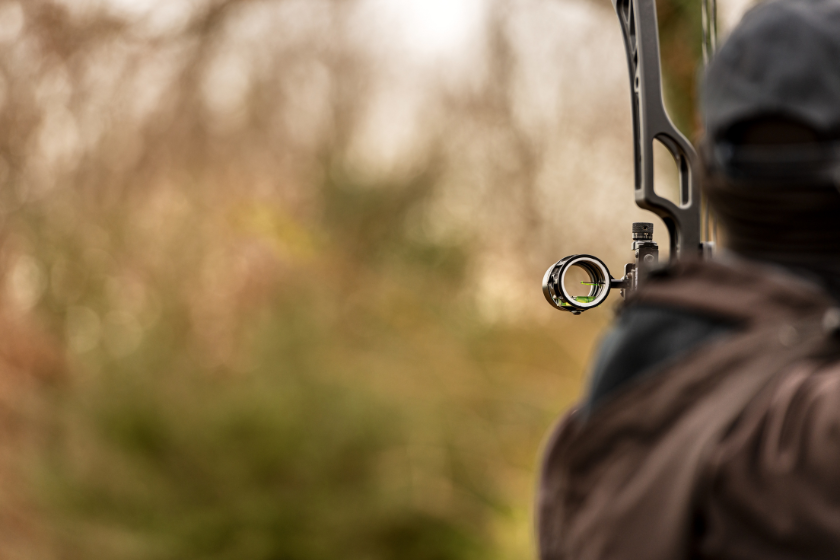
Getty
This doesn't even require shooting an arrow at all. Learning to hold your sight pin on a tiny target can be helpful in tight situations and under pressure. Use a one-inch circle target, get to full draw, and hold the pin on the target for 30 seconds before letting it down. This will help your stability and stamina for long holds in the field. Add distance from the target to increase the difficulty.
10 to 60 (Or Your Max Distance)
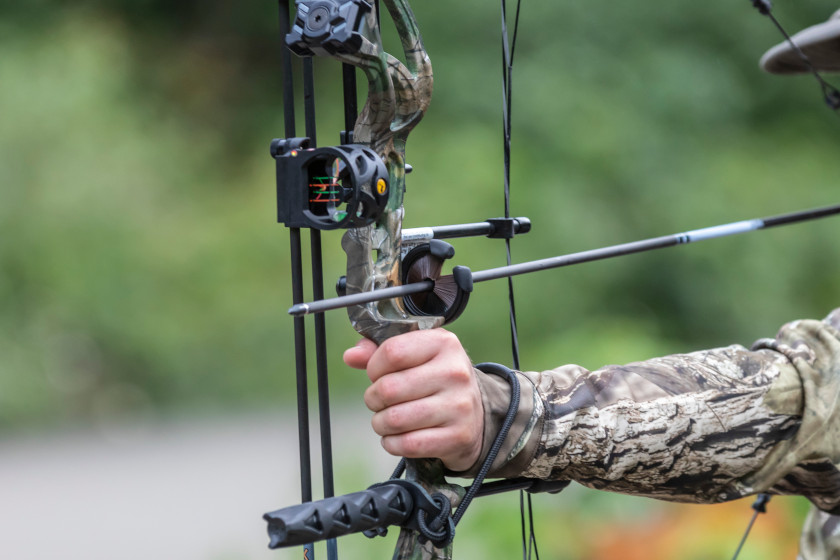
Getty Images: Stefan Malloch
Use a six-inch target and start at 10 yards. If you can successfully get three arrows accurately on the target, move back ten yards. Continue this to your maximum distance. If you miss your three-shot group, stay at that distance until you can make it successfully. This will help your consistency and pressure you to make solid shots in a short practice session with rising levels of difficulty. You can also do this with odd yardages to practice between pin shots.
Keep Score

Whether you are practicing alone or with friends, make it a competition and keep score. Use paper or sticker targets to keep track of your success between your and your friends, or just compete against yourself. This will add pressure to shooting at your target and give you recordable data to track and determine if you are improving.
It might seem like this is a lot of work, but keeping your practice methods fresh and realistic will better prepare you for bowhunting season than just shooting flat ground at a square target. Schedule out your practice sessions and get to work making yourself the best bowhunter you can be before the upcoming season starts.
